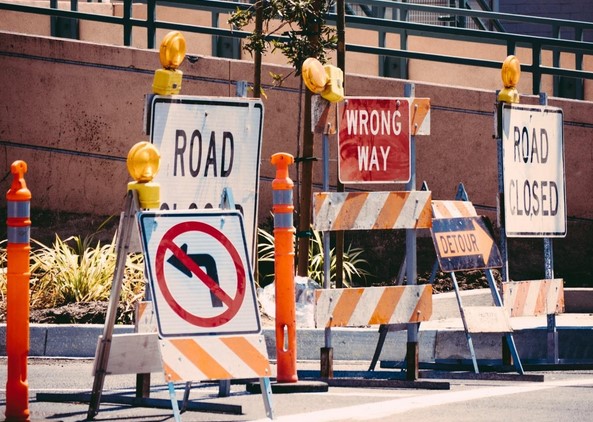Ways Horizontal Directional Drilling Can Help Your Project

Horizontal Directional Drilling technology is the alternative technique for installing highway ducts, utility cables, tubes, and pipelines in areas such as railways, under the rivers, and other similarly sensitive areas. The method has proved to create less disturbance to concrete roads, minimal damages to facilities on the surface. Environment conscious firms also prefer this system because trees will not necessarily be cut down, and the activity is quicker to accomplish, which potentially leaves a minimal carbon footprint.
This article will discuss how horizontal directional drilling benefits your business, and here are some of them.
Ideal for longer distances drilling
The conventional method can typically drill only around 500 feet with 100 feet at a time distances. Thus, the extent of the bore is only based on the limitations of the equipment contractors use. Directional drilling companies, on the other hand, can bore up to 1,000 feet, and in a single run, so you can finish your project faster.
This method is perfect for projects that are required to install several thousand feet of pipe or conduit underground, below existing concrete roads, buildings, or warehouses. Considering the minimal disruption, you can save on your labour, time, equipment, and restoration costs.
For underground works, all you need to do is carefully plan the route affected by the boring and determine the drilling start and endpoints. This is best set up with the drilling company, and you have to maintain close coordination during its implementation.
A more environmentally friendly option
Conventional trenching was proven to have more impact on the environment and safety because working around excavations can potentially lead to serious injuries and even death. The risk is higher if hazards are not adequately monitored and identified continuously.
Horizontal drilling has only minimal effect on the environment because contractors can start in a more isolated area, bore underground, and resurface at the identified endpoint, leaving almost no impact above ground. When conduits or pipes are installed using horizontal directional drilling method, earth and vegetation are not affected.
Minimal traffic disturbance
If your project site has traffic and several establishments, the best method is horizontal directional drilling. The drilling contractor does this by digging a small hole in the pre-determined spot and bores from there up to the required distance. At both ends, traffic will not be unnecessarily disrupted nor any structures demolished.
Abolishing existing lines not necessary
Projects that involve working over existing utility lines and facilities are typical scenarios. However, the conventional system involves excavating larger holes and digging up plants and trees covered by the trenching. Horizontal drilling allows you to install underground conduits without much digging.
The key to the success of your boring project is knowing the system that involves a minimal impact on the surroundings and hiring the competent contractor to do the job for you. The old method of open trenching may be inexpensive at first, but when the cost of time, labour, and rebuilding works are all factored in, the horizontal directional drilling technique still costs less.





